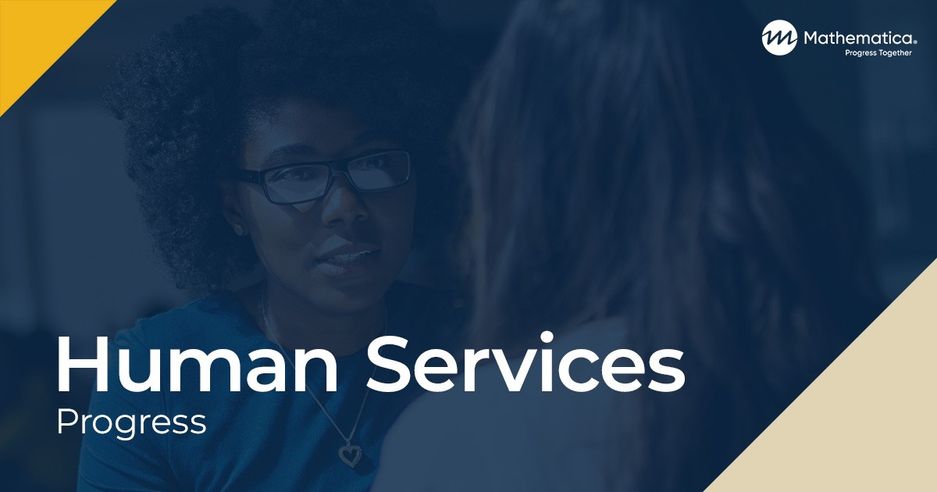Promoting Healthy Futures for Youth: Tips for Using the Sexual Risk Avoidance Education (SRAE) Program Model
Download
Clients

Key Findings
The SRAE program model and its components can be used by a variety of audiences to better understand and improve SRAE programming. This tip sheet highlights several practical examples of how the model can be used by practitioners, such as:
- Referring to the program inputs to ensure that key topics, resources, and systems are in place for successful SRAE programming
- Using the implementation outputs as measures to monitor program fidelity and continuously improve programs over time
- Reviewing expected outcomes to ensure programming targets the factors that research shows are associated with the avoidance of sexual activity among youth
Sexual risk avoidance education (SRAE) is a primary prevention approach that promotes the development of life skills related to healthy relationships, decision making, goal setting, and self-regulation, as well as the benefits of avoiding non-marital sexual activity and other risky behaviors. Mathematica developed a SRAE program model and related brief that provides a framework for designing and implementing SRAE programming for youth that is research-based and informed by the legislation authorizing SRAE grants.
Developed as a companion resource to the SRAE program model brief, this tip sheet provides a high-level overview of SRAE and the SRAE program model, in addition to practical examples of how SRAE grant recipients can use the program model to enhance their efforts to improve youth outcomes. Both the program model and tip sheet were developed as part of a portfolio of youth-focused projects on sexual risk avoidance funded by the Administration for Children and Families (ACF) within the U.S. Department of Health and Human Services and supported by ACF’s Family and Youth Services Bureau and Office of Planning, Research, and Evaluation.
How do you apply evidence?
Take our quick four-question survey to help us curate evidence and insights that serve you.
Take our survey
